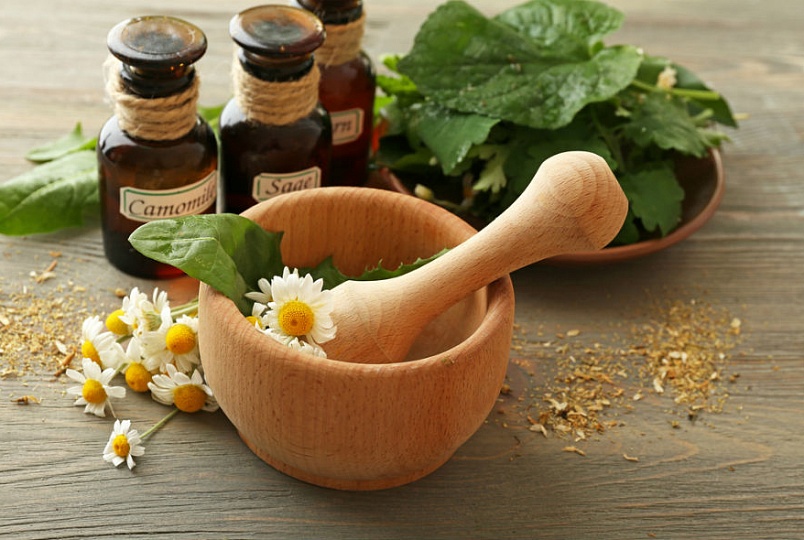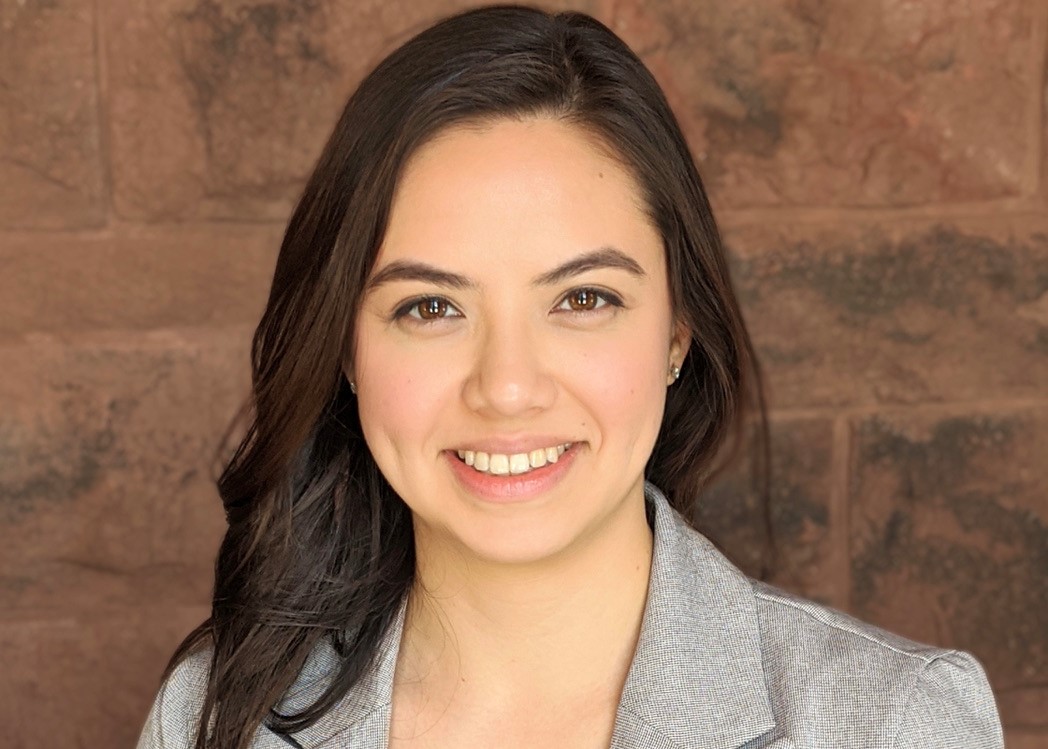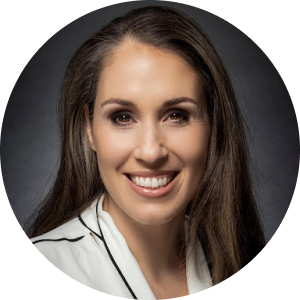In the pursuit of holistic health and wellness, individuals often turn to naturopathy as a beacon of alternative medicine, seeking relief and healing outside the realm of conventional treatments. Yet, amidst the allure of natural remedies and lifestyle adjustments, there is a concerning degree of possible iatrogenic harm. This post seeks to address the use of naturopathy in pediatric medicine; common toxicities, interactions with pharmaceutical products, and potential toxicities.
- Naturopathy and Alternative Medicine uses in pediatrics:
- Use of naturopathy and alternative medicine in pediatrics
- Frequently used pediatric naturopathic products
- Toxicities in naturopathic products
- Common toxicities: heavy metal poisoning, allopathic adulterants, herbal toxicities
- Interactions with pharmaceutical products
- Rare but fatal toxicities in pediatric naturopathic use
Challenges in Naturopathic Research
- Variability: There is a broad and diverse inclusion in some studies to what constitutes the landscape of “complementary alternative medicine” and includes massage, acupuncture, herbal remedies and some natural health food products.
- Limitations in published data: Due to the broad definition, and limitations to patient disclosures and knowledge of naturopathic remedies there are limitations in the body of published research. We will highlight areas where there is a lack of clarity.
- The following terms will be used interchangeably; “Complementary alternative medicine”, “Naturopathy”, and “Homeopathy” to contrast terms such as “western”, “prescription”, and “pharmaceutical”



